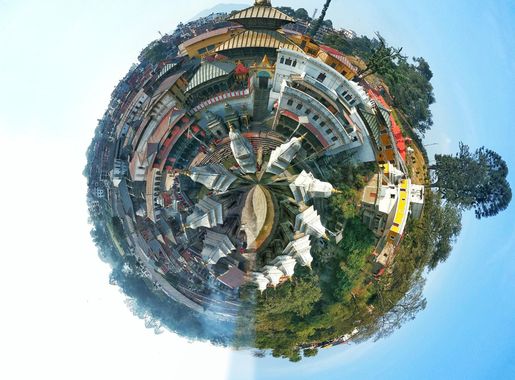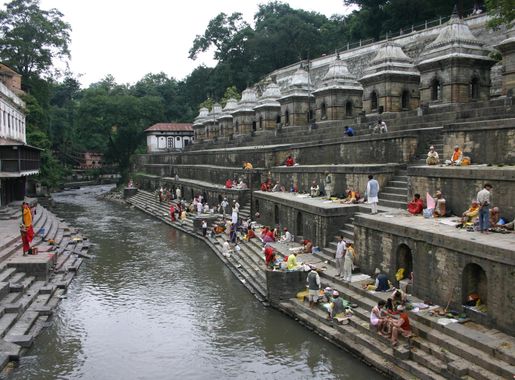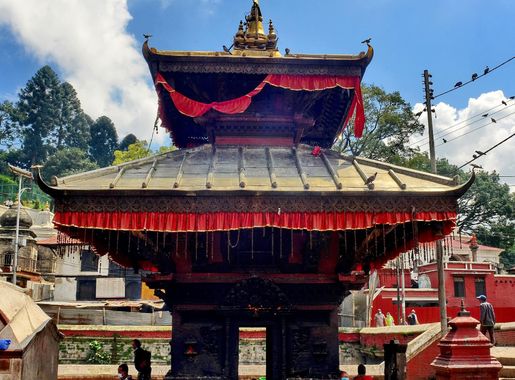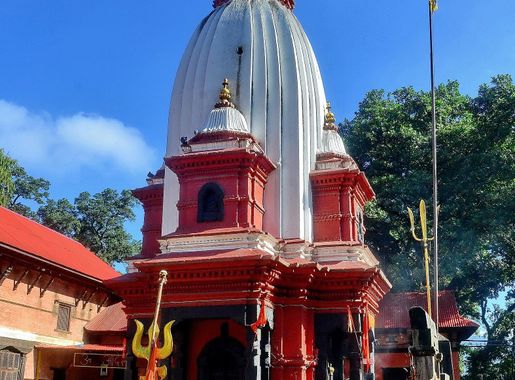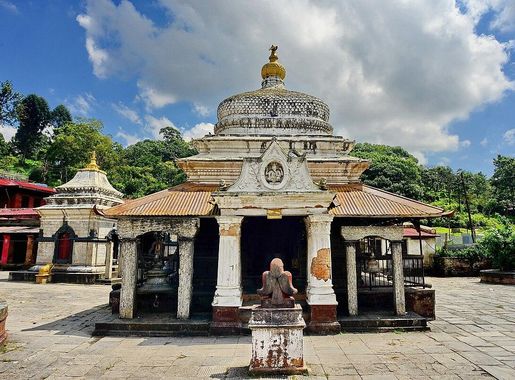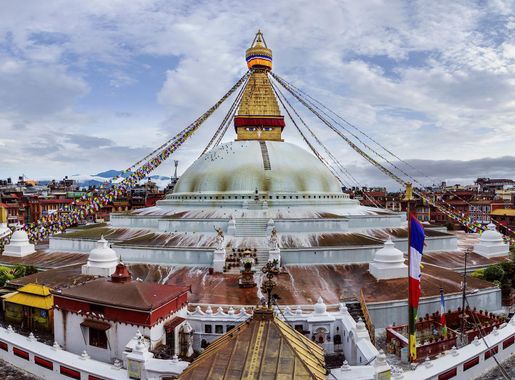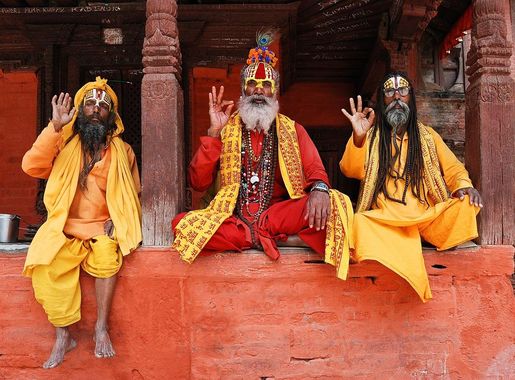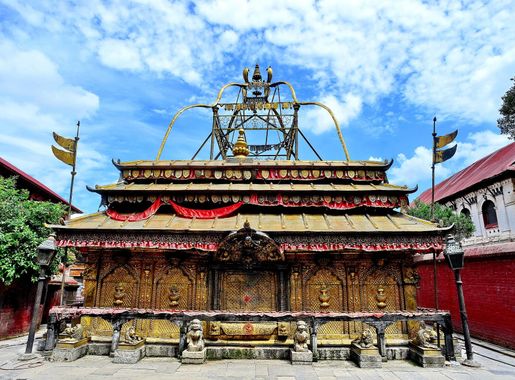
Sacred Serenity: Pashupatinath, Kathmandu
Explore the spiritual heart of Kathmandu: Pashupatinath, a sacred haven of tranquility, rich heritage, and vibrant local culture.
Pashupatinath is a UNESCO World Heritage Site and one of the holiest temples dedicated to Lord Shiva. Located on the banks of the Bagmati River, this sacred site draws thousands of pilgrims and tourists each year. The main temple, with its stunning pagoda-style architecture, stands as a testament to Nepal's rich cultural heritage. Surrounded by smaller temples, shrines, and ashrams, Pashupatinath offers a unique glimpse into the spiritual life of Nepal. The area around Pashupatinath is bustling with activity, especially during the Maha Shivaratri festival, when the entire neighbourhood comes alive with vibrant celebrations. The ghats along the river are often the site of traditional Hindu rituals and cremation ceremonies, providing a profound and reflective experience for visitors. Despite the solemnity of some of these rituals, the atmosphere is imbued with a sense of peace and reverence. In addition to the spiritual significance, the Pashupatinath area is also a lively spot for exploring local culture. You can stroll through the narrow streets lined with shops selling religious items, handicrafts, and souvenirs. There are also plenty of opportunities to sample traditional Nepali cuisine in the nearby eateries, making your visit to Pashupatinath a well-rounded cultural experience.
Local tips in Pashupatinath
- Visit early in the morning to avoid the crowds and experience the morning rituals.
- Dress modestly and be respectful of the religious practices and ceremonies.
- Photography is restricted in certain areas, so always ask for permission.
- Hire a local guide to gain deeper insights into the history and significance of the site.
- Be prepared for the presence of monkeys around the temple area; keep your belongings secure.
Sacred Serenity: Pashupatinath, Kathmandu
Pashupatinath is a UNESCO World Heritage Site and one of the holiest temples dedicated to Lord Shiva. Located on the banks of the Bagmati River, this sacred site draws thousands of pilgrims and tourists each year. The main temple, with its stunning pagoda-style architecture, stands as a testament to Nepal's rich cultural heritage. Surrounded by smaller temples, shrines, and ashrams, Pashupatinath offers a unique glimpse into the spiritual life of Nepal. The area around Pashupatinath is bustling with activity, especially during the Maha Shivaratri festival, when the entire neighbourhood comes alive with vibrant celebrations. The ghats along the river are often the site of traditional Hindu rituals and cremation ceremonies, providing a profound and reflective experience for visitors. Despite the solemnity of some of these rituals, the atmosphere is imbued with a sense of peace and reverence. In addition to the spiritual significance, the Pashupatinath area is also a lively spot for exploring local culture. You can stroll through the narrow streets lined with shops selling religious items, handicrafts, and souvenirs. There are also plenty of opportunities to sample traditional Nepali cuisine in the nearby eateries, making your visit to Pashupatinath a well-rounded cultural experience.
Iconic landmarks you can’t miss
Pashupatinath Temple
Discover the spiritual essence of Nepal at Pashupatinath Temple, a UNESCO World Heritage Site, renowned for its stunning architecture and rich cultural heritage.
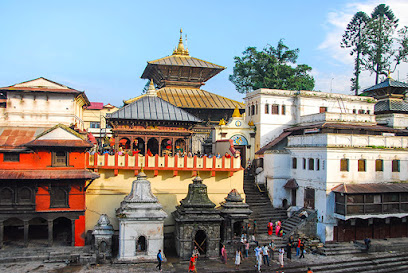
Kirateshwar Mahadev
Experience the serene beauty and spiritual richness of Kirateshwar Mahadev, a must-visit Hindu temple in Kathmandu's vibrant landscape.
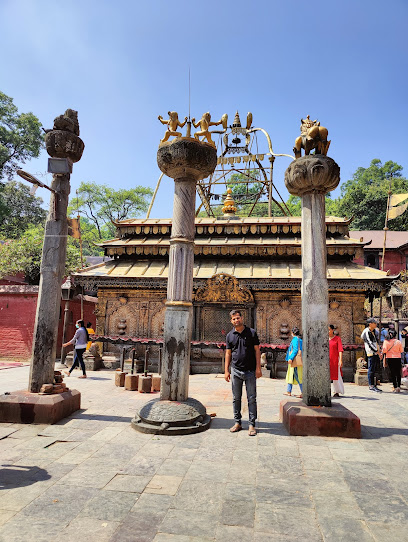
Kailash Dada
Discover the spiritual and historical significance of Kailash Dada in Pashupatinath, Kathmandu—an essential stop for every traveler exploring Nepal's culture.
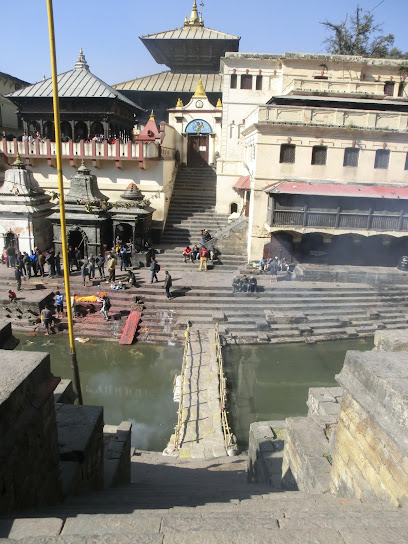
Mrigasthali
Experience the serene beauty and spiritual tranquility of Mrigasthali, a hidden gem in Kathmandu ideal for nature lovers and cultural enthusiasts.
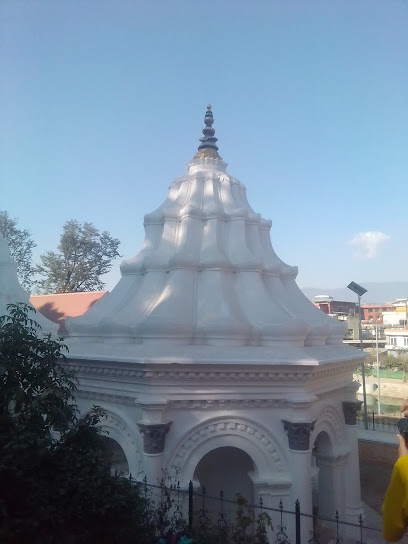
Aaryaghat
Explore Aaryaghat, a serene historical landmark in Kathmandu, where tradition and spirituality intertwine along the sacred Bagmati River.
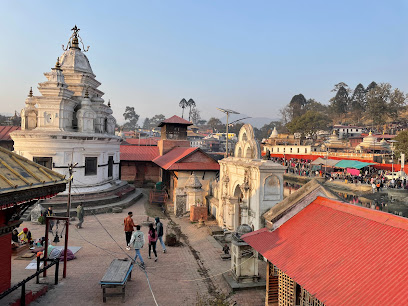
Pashupati Guru Mandir
Explore the spiritual heart of Kathmandu at Pashupati Guru Mandir, a stunning Hindu temple rich in culture and history.

दक्षिण प्रवेश द्वार पशुपतिनाथ South Gate Pashupatnath
Explore the sacred Pashupatinath South Gate in Kathmandu, a UNESCO World Heritage Site rich in history, culture, and breathtaking architecture.

पशुपतिनाथ पश्चिम द्वार, West Gate pashupatinath
Explore the spiritual heart of Nepal at Pashupatinath Temple, a UNESCO World Heritage Site rich in history and architectural beauty.

बज्रघर
Explore Pashupatinath Temple, a UNESCO site in Kathmandu, where spirituality and stunning architecture meet along the sacred Bagmati River.
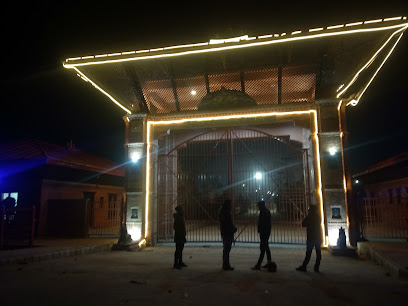
Pandra Shivalaya
Discover the tranquil beauty and spiritual essence of Pandra Shivalaya, a stunning Hindu temple in Kathmandu, rich in culture and devotion.
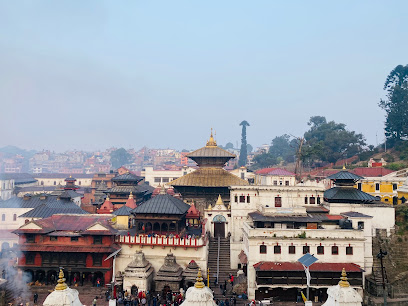
Unmissable attractions to see
Kathmandu Durbar Square
Discover the cultural heart of Kathmandu at Durbar Square, a UNESCO World Heritage Site filled with stunning temples and rich history.
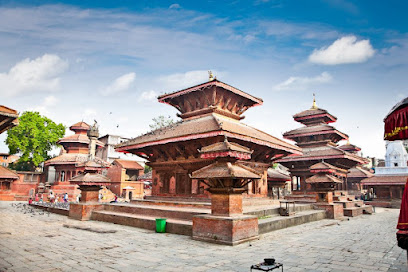
Buddha Stupa
Explore the spiritual heart of Kathmandu at Buddha Stupa, a UNESCO World Heritage Site and a vibrant hub of Tibetan Buddhism and culture.
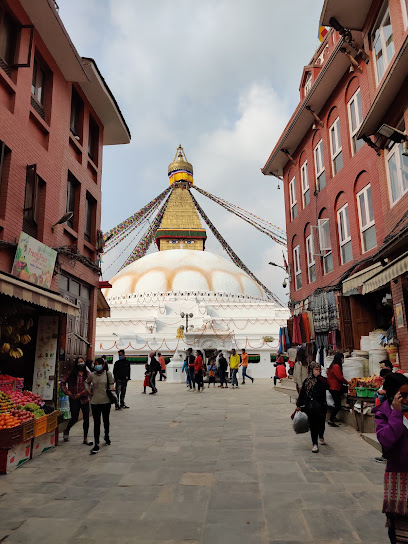
Guhyeshwari Shaktipeeth Temple
Explore the divine beauty of Guhyeshwari Shaktipeeth Temple, a sacred site in Kathmandu that embodies the essence of Hindu spirituality and culture.
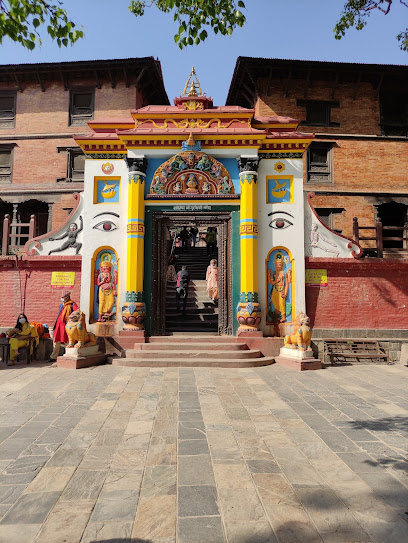
Gorakhnath Temple
Discover the spiritual essence of Kathmandu at Gorakhnath Temple, a mesmerizing Hindu shrine full of history and devotion.
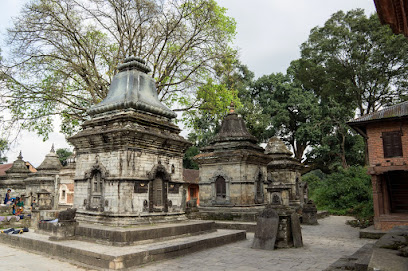
Gaushala Ground
Discover the vibrant cultural essence of Kathmandu at Gaushala Ground, a beautiful retreat filled with local festivities and rich traditions.
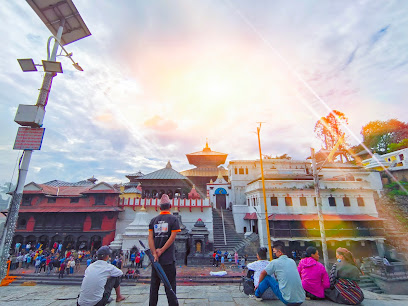
Spiritual Theme Garden
Explore the serene Spiritual Theme Garden in Kathmandu, a tranquil oasis of lush greenery and rich spiritual heritage perfect for reflection and peace.
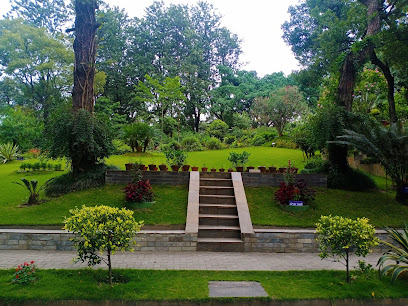
Essential places to dine
Resunga tandoori restaurant and the guest house
Discover authentic Nepali cuisine and warm hospitality at Resunga Tandoori Restaurant and Guest House in the heart of Kathmandu.
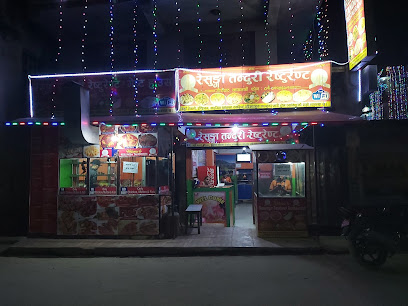
KrishnaTika Hotel
Experience authentic Punjabi cuisine at KrishnaTika Hotel, where every dish tells a story of tradition and flavor amidst Kathmandu's vibrant culture.
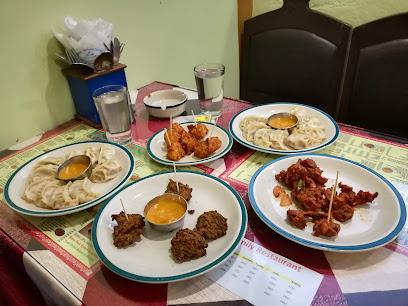
Kailasa Food & Sweets
Discover the rich flavors of India at Kailasa Food & Sweets in Kathmandu - an unforgettable dining experience awaits!
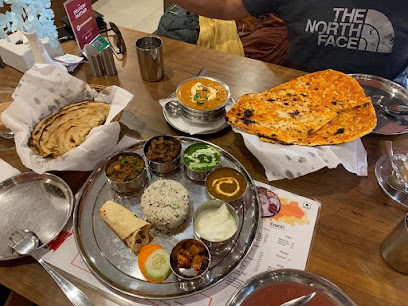
Marwadi bhojnalaya
Experience authentic vegetarian Nepali cuisine at Marwadi Bhojnalaya, a must-visit culinary destination in Kathmandu.
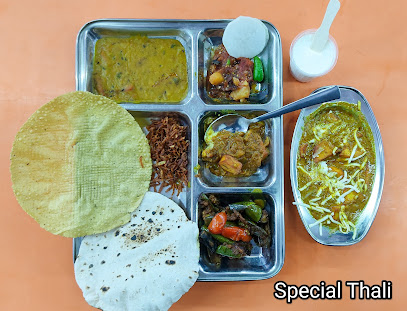
Vedic Food & Lunch Box
Discover authentic Nepalese cuisine at Vedic Food & Lunch Box in Kathmandu - where every dish is a celebration of flavor.
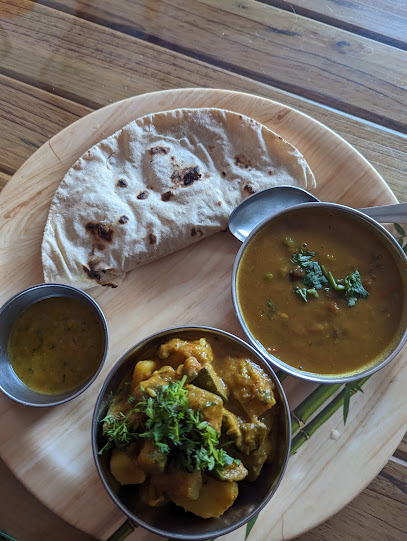
Pashupati Khaja Ghar
Discover delicious fast food at Pashupati Khaja Ghar in Kathmandu – where local flavors meet quick service!
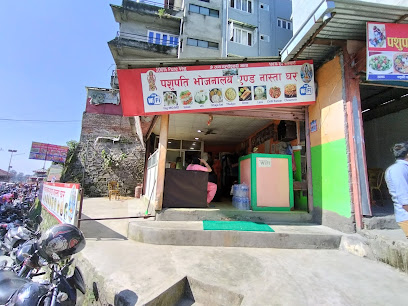
Kohinoor Biryani House
Discover authentic Nepali biryani at Kohinoor Biryani House in Kathmandu – where every bite tells a story.
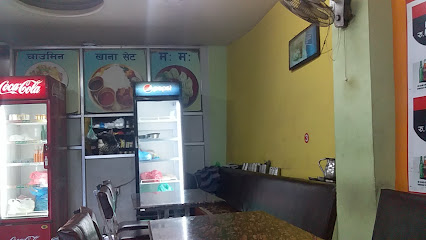
Sitala Guest House & Fast Food
Experience authentic Indian flavors at Sitala Guest House & Fast Food in Kathmandu - a culinary delight not to be missed.

जय भगवान भोजनालय
Discover authentic Nepali flavors at जय भगवान भोजनालय in Pashupatinath - a culinary gem in Kathmandu's heart.
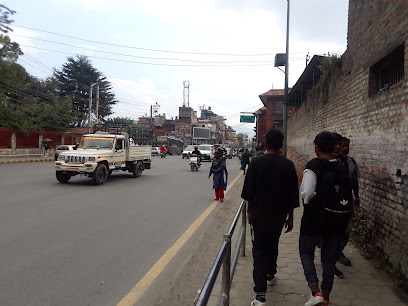
TANTAN KHANA, Vishwakarma Nagar, near gov primary school Gaushala chowk, Sitamarhi
Experience authentic Indian flavors at Tantan Khana in Kathmandu's Vishwakarma Nagar—an unforgettable culinary journey awaits!

Markets, malls and hidden boutiques
DEVI Puja Samagri shop देवी पुजा सामाग्री पसल
Experience the essence of Nepalese spirituality at DEVI Puja Samagri Shop, your go-to destination for authentic puja items and cultural insights.
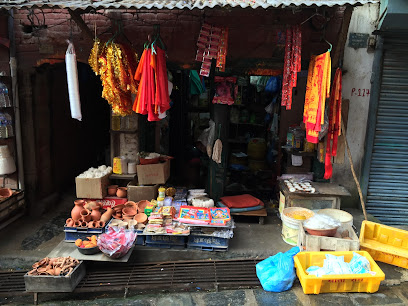
Nepalrudraksha.com
Explore the sacred essence of Kathmandu at Nepalrudraksha, your destination for authentic Rudraksha beads and spiritual treasures.
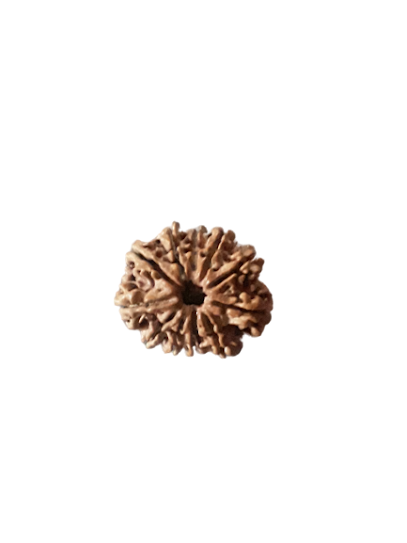
Jay Mata Di Rudraksha And Moti Bhandar
Explore authentic Nepali handicrafts and jewelry at Jay Mata Di Rudraksha And Moti Bhandar, a vibrant shopping destination in Kathmandu.
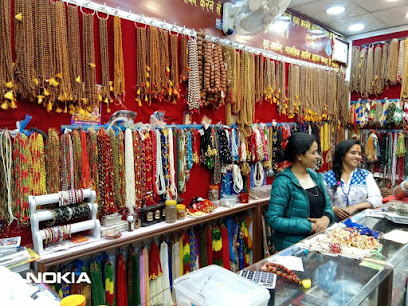
Tirupati Rudraksha Bhandar
Explore the spiritual essence of Nepal at Tirupati Rudraksha Bhandar, your destination for authentic Rudraksha beads and cultural treasures.
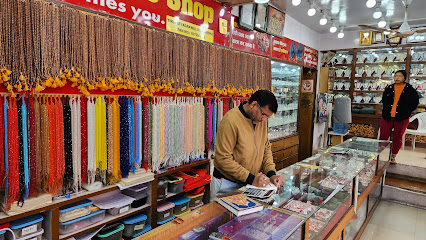
Maneshwori Rudrakshya Bhandar
Explore the spiritual offerings of Maneshwori Rudrakshya Bhandar, where tradition meets craftsmanship in the heart of Kathmandu.
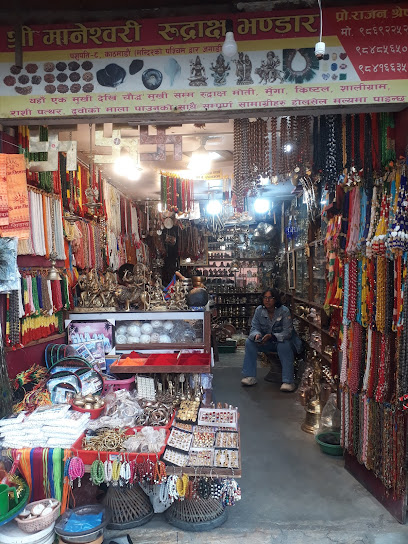
Temple House Handicrafts & Rudraksha
Explore the essence of Nepal with unique handicrafts and sacred Rudraksha beads at Temple House Handicrafts & Rudraksha in Pashupatinath, Kathmandu.
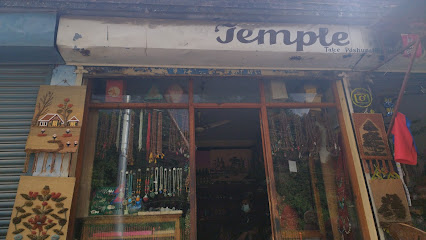
Pashupati Mala and Cosmetic Center
Explore the Pashupati Mala and Cosmetic Center for unique religious goods and traditional cosmetics in the heart of Kathmandu's spiritual landscape.
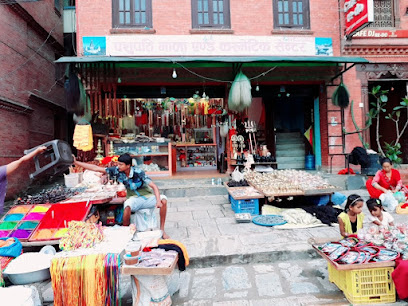
Nepal craft pashupati
Explore the vibrant culture of Nepal through unique handcrafted treasures at Nepal Craft Pashupati, a must-visit gift shop in Kathmandu.

जानकी स्टोर
Explore the exquisite craftsmanship at जानकी स्टोर, your go-to destination for unique jewelry in the heart of Kathmandu.

जयशम्भु रुद्राक्ष भण्डार
Discover authentic Rudraksha beads and exquisite Nepali handicrafts at जयशम्भु रुद्राक्ष भण्डार, a cultural gem in the heart of Kathmandu.
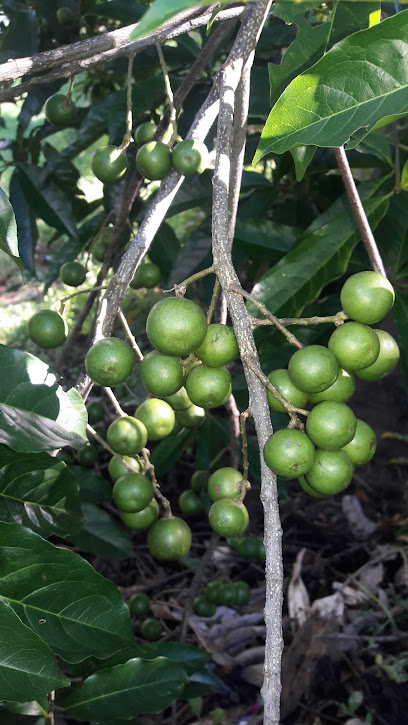
Essential bars & hidden hideouts
The Shot Station - Best Pub in Kathmandu
Experience the vibrant nightlife of Kathmandu at The Shot Station, the best pub in Thamel with great drinks and a lively atmosphere.

Chill Bar
Experience the vibrant nightlife of Kathmandu at Chill Bar, your go-to destination for delicious drinks and a lively atmosphere.

Cubic Club
Experience the vibrant nightlife of Kathmandu at Cubic Club, the ultimate bar and nightclub destination for unforgettable nights out.
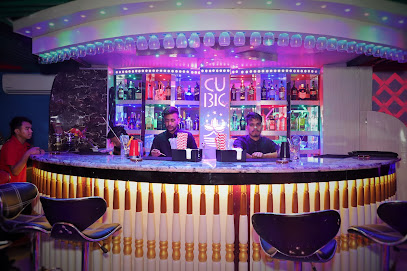
The Cool Bar
Experience the vibrant nightlife of Kathmandu at The Cool Bar, where refreshing drinks and lively music create an unforgettable atmosphere for tourists.
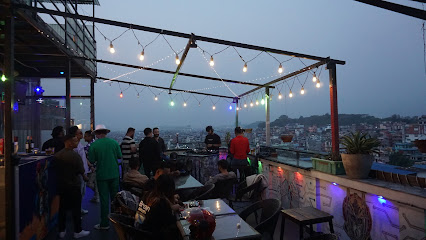
श्री पशुपतिनाथ सन्ध्या आरतीस्थल (Place of Religious Ritual )
Discover the spiritual heart of Kathmandu at Shri Pashupatinath Sandhya Aarti Sthal, where ancient rituals and serene ambiance create an unforgettable experience.
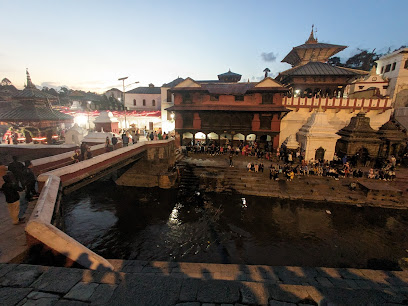
The View Lounge Bar
Unwind at The View Lounge Bar in Kathmandu, where breathtaking views and delightful drinks create the perfect escape from the city’s hustle.
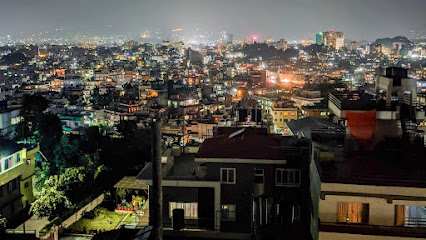
The Sinke Bar & Club
Experience the vibrant nightlife of Kathmandu at The Sinke Bar & Club, where fun, music, and dancing come together for an unforgettable evening.
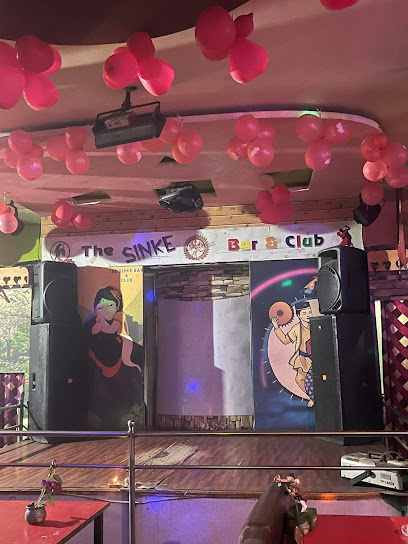
Night queen dance bar
Explore Kathmandu's nightlife at Night Queen Dance Bar—where vibrant music, dancing, and local culture converge for an unforgettable experience.

Tej limbu
Experience the vibrant nightlife of Kathmandu at Tej Limbu, where locals and tourists unite over drinks in a welcoming atmosphere.

yangma restro & cool bar
Discover the vibrant atmosphere of Yangma Restro & Cool Bar in Kathmandu, where relaxation meets local flavors amidst a lively ambiance.

Local Phrases
-
- Helloनमस्ते
[Namaste] - Goodbyeबिदा
[Bida] - Yesहो
[Ho] - Noहोइन
[Hoin] - Please/You're welcomeकृपया / स्वागत छ
[Kripya / Swagat cha] - Thank youधन्यवाद
[Dhanyabad] - Excuse me/Sorryमाफ गर्नुहोस्
[Maaf garnuhos] - How are you?तपाईंलाई कस्तो छ?
[Tapailai kasto cha?] - Fine. And you?राम्रो छ। र तपाईंलाई?
[Ramro cha. Ra tapailai?] - Do you speak English?तिमी अंग्रेजी बोल्न सक्छौ?
[Timi angreji bolna sakchau?] - I don't understandमैले सम्झिन
[Maile samjhin]
- Helloनमस्ते
-
- I'd like to see the menu, pleaseकृपया मेनु हेर्न चाहन्छु
[Kripya menu hernu chahanchu] - I don't eat meatम भांसामा खान्ने छैन
[Ma bhansa ma khanne chain] - Cheers!चियर्स!
[Cheers!] - I would like to pay, pleaseकृपया म भुक्तानी गर्न चाहन्छु
[Kripya ma bhuktani garna chahanchu]
- I'd like to see the menu, pleaseकृपया मेनु हेर्न चाहन्छु
-
- Help!मदत गर्नुहोस्!
[Madat garnuhos!] - Go away!जानुहोस्!
[Januhos!] - Call the Police!पुलिसलाई बुलाउनुहोस्!
[Police lai bulaunuhos!] - Call a doctor!डाक्टरलाई बुलाउनुहोस्!
[Doctor lai bulaunuhos!] - I'm lostमलाई हराएको छ
[Malai haraeko cha] - I'm illमलाई बिरामी छ
[Malai birami cha]
- Help!मदत गर्नुहोस्!
-
- I'd like to buy...म सबै खरिद गर्न चाहन्छु
[Ma sabai kharid garn chahanchu] - I'm just lookingम सिर्जना गर्दैछु
[Ma sirjana gardaichu] - How much is it?यो कति सस्तो?
[Yo kati sasto?] - That's too expensiveयो धेरै महँगो छ
[Yo dherai mahango cha] - Can you lower the price?तपाईं मुल्य कम गर्न सक्नुहुन्छ?
[Tapailai mulya kam garn saknuhunchha?]
- I'd like to buy...म सबै खरिद गर्न चाहन्छु
-
- What time is it?समय कति बज्यो?
[Samay kati bajyo?] - It's one o'clockएक बजे भयो
[Ek baje bhayo] - Half past (10)दस बजे झैं
[Das baje jhain] - Morningबिहान
[Bihaan] - Afternoonदिउँसो
[Diuṅso] - Eveningसाँझ
[Sām̐jha] - Yesterdayहिजो
[Hijo] - Todayआज
[Āja] - Tomorrowभोलि
[Bholi] - 1एक
[Ek] - 2दुई
[Dui] - 3तीन
[Tin] - 4चार
[Chaar] - 5पाँच
[Paanch] - 6छ
[Chh] - 7सात
[Saath] - 8आठ
[Aath] - 9नौ
[Nau] - 10दस
[Das]
- What time is it?समय कति बज्यो?
-
- Where's a/the...?यहाँ कुनै... कहाँ छ?
[Yahām̐ kunai... kahām̐ cha?] - What's the address?ठेगाना के हो?
[Ṭhegānā ke ho?] - Can you show me (on the map)?तपाईं मलाई देखाउन सक्नुहुन्छ?
[Tapailai malai dekhāun saknuhunchha?] - When's the next (bus)?अर्को को हो भने?
[Arko ko ho bhane?] - A ticket (to ....)एक टिकट (... मा)
[Ek tiḳaṭ (... mā)]
- Where's a/the...?यहाँ कुनै... कहाँ छ?
History of Pashupatinath
-
The Pashupatinath Temple, dedicated to Lord Shiva, is believed to have been built in the 5th century, although its origins may trace back even earlier. It stands as a significant pilgrimage site for Hindus and is one of the oldest temples in Nepal. The temple complex has been a center of worship and cultural significance for over a millennium, showcasing intricate architecture and a rich tapestry of rituals.
-
During the Malla period (12th to 18th centuries), Pashupatinath gained prominence as a vital religious site. The Malla kings, who ruled the Kathmandu Valley, contributed to the temple's expansion and embellishment, making it a hub of cultural and spiritual activity. They commissioned various structures and artworks within the complex, solidifying its status in the region.
-
In the mid-18th century, King Prithvi Narayan Shah unified Nepal and recognized Pashupatinath's significance as a national symbol. He reinforced the temple's importance, promoting its accessibility to all Hindus and ensuring its role as a pilgrimage destination. This period marked the beginning of a more structured approach to the temple's administration and maintenance.
-
In 1979, Pashupatinath was designated a UNESCO World Heritage Site, acknowledging its architectural grandeur and religious significance. The recognition not only enhanced its global profile but also catalyzed conservation efforts, ensuring the preservation of its cultural heritage amid the pressures of modernization and urbanization in Kathmandu.
-
The devastating earthquake that struck Nepal in April 2015 caused significant damage to the Pashupatinath Temple complex, leading to the loss of various structures and artifacts. However, the disaster prompted a concerted restoration effort, supported by both local and international stakeholders, to preserve the temple's integrity and continue its legacy as a vital cultural site in Kathmandu.
Pashupatinath Essentials
-
Pashupatinath is easily accessible from various neighborhoods in Kathmandu. From Thamel, you can take a taxi or a motorcycle taxi, which typically takes about 15-30 minutes depending on traffic. Alternatively, local buses also run frequently to Pashupatinath from Ratna Park, and the fare is quite economical. If you're coming from the Boudhanath area, it’s a pleasant 20-minute walk along the Bagmati River.
-
Pashupatinath is a compact area, making it easy to explore on foot. The temple complex itself is best accessed by walking, as many of the paths are narrow and pedestrian-friendly. If you wish to explore further afield, local taxis and motorcycle taxis are available and can be hired for short trips. Bicycles can also be rented in certain areas of Kathmandu, though traffic can be challenging.
-
Pashupatinath is generally safe for tourists; however, it is advisable to remain vigilant. Petty theft, such as pickpocketing, can occur, especially in crowded areas. Avoiding quiet, isolated sections of the temple complex at night is recommended. Areas around tourist hotspots like the main temple can attract scam artists, so be cautious when approached by strangers offering unsolicited help.
-
In case of emergencies, dial 100 for police assistance and 101 for fire services in Nepal. Local hospitals, such as the Kathmandu Medical College Hospital, can provide medical assistance. It is advisable to have travel insurance that covers medical emergencies. For minor health issues, pharmacies are available nearby, but ensure you have adequate supplies for more serious conditions.
-
Fashion: Do dress modestly, covering shoulders and knees when visiting the temple. Don't wear revealing clothing. Religion: Do respect local customs; photography is often not allowed in certain areas. Public Transport: Do be courteous and offer your seat to the elderly. Don't engage in loud conversations on public transport. Greetings: Do greet locals with a 'Namaste' and a slight bow. Eating & Drinking: Do try local vegetarian snacks sold nearby. Don’t consume food or drink within the temple premises.
-
To experience Pashupatinath like a local, visit early in the morning to witness the rituals and ceremonies. Consider participating in a guided tour offered by local residents to gain deeper insights into the culture and significance of the temple. Engaging with local vendors selling flowers and offerings can enhance your visit. Don't forget to explore the nearby Gaushala area, known for its cow shelter, which is an integral part of local culture.
Nearby Cities to Pashupatinath
-
Things To Do in Patan
-
Things To Do in Bhaktapur
-
Things To Do in Nagarkot
-
Things To Do in Gorkha
-
Things To Do in Bandipur
-
Things To Do in Chitwan
-
Things To Do in Namche Bazaar
-
Things To Do in Pokhara
-
Things To Do in Patna
-
Things To Do in Lumbini
-
Things To Do in Darjeeling
-
Things To Do in Siliguri
-
Things To Do in Gangtok
-
Things To Do in Varanasi
-
Things To Do in Paro

